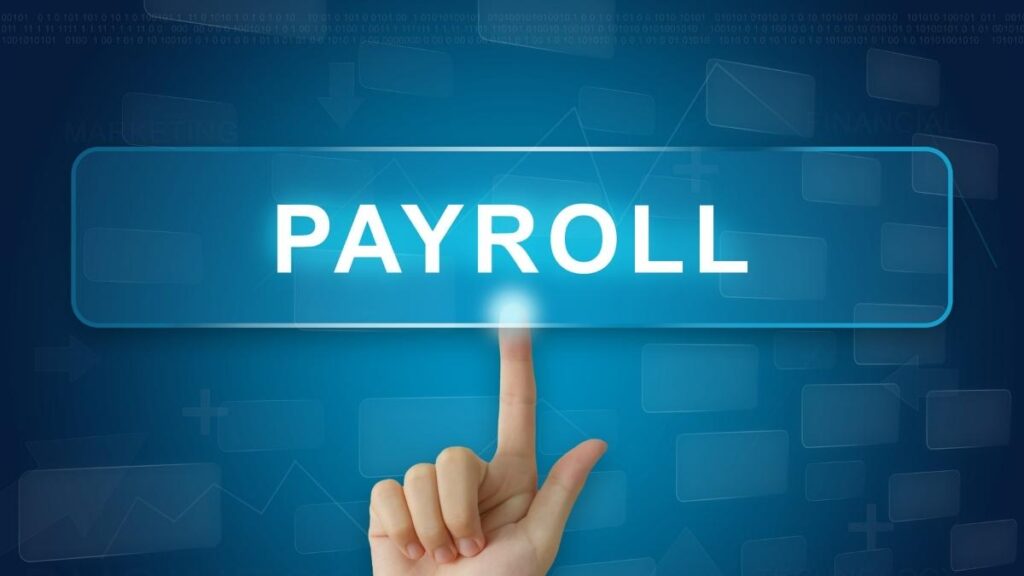
LASIK surgery has become one of the most popular elective procedures in the United States. Millions of Americans choose it each year to reduce their dependence on glasses or contact lenses. But while the benefits to your vision are clear, the financial side isn’t always as simple.
With the average cost of LASIK ranging from $2,000 to $3,500 per eye, many patients wonder: Should I pay for LASIK with a credit card?
The answer depends on your financial situation, the type of credit card you use, and whether you plan ahead. Let’s break down the pros, cons, and smarter alternatives so you can make an informed decision.
The Average Cost of LASIK in the U.S.
Before diving into payment methods, it helps to know what you’re paying for.
- National Average: $4,000–$7,000 total for both eyes
- Factors Affecting Cost:
- Surgeon’s experience
- Technology used (standard vs. bladeless LASIK)
- Location (urban centers often cost more)
- Pre- and post-op care included
Since insurance rarely covers elective LASIK, patients must cover the full amount out of pocket. This is where credit cards often come into play.
Paying for LASIK with a Credit Card: Pros & Cons
Using a credit card may sound like the easiest solution, but it’s not always the cheapest.
Pros of Using a Credit Card for LASIK
- Earn Rewards or Cash Back
- Paying $5,000 on a rewards credit card could net you $50–$100 in cash back or valuable travel points.
- 0% Intro APR Offers
- Many credit cards offer 0% interest for 12–18 months on new purchases. If you pay off LASIK before the promo ends, you essentially get an interest-free loan.
- Convenience & Payment Protection
- Credit cards offer fraud protection and dispute rights that cash or checks don’t.
- Build Credit Responsibly
- Making on-time payments on a high-ticket purchase can improve your credit score.
Cons of Using a Credit Card for LASIK
- High Interest Rates
- If you can’t pay off the balance quickly, you could face 20%+ APR, making a $5,000 surgery balloon into thousands more in interest.
- Potential Debt Trap
- Large balances can hurt your credit utilization ratio, lowering your score.
- Temptation to Overspend
- Adding a major medical bill on top of everyday expenses may leave you juggling debt.
Best Types of Credit Cards for LASIK
If you decide to pay with a credit card, choosing the right one matters.
- 0% APR Credit Cards
- Best for patients who can pay off the balance within 12–18 months.
- Example: Chase Freedom Unlimited®, Citi® Diamond Preferred.
- Cash Back Cards
- Earn 2–5% back on your purchase, but only worth it if you pay in full.
- Example: Wells Fargo Active Cash®, Citi® Double Cash.
- Travel Rewards Cards
- Turn your LASIK expense into airline miles or hotel points, great for frequent travelers.
- Example: Chase Sapphire Preferred®, Capital One Venture Rewards.
Alternatives to Paying for LASIK with a Credit Card
Not everyone should swipe plastic for a $5,000+ medical procedure. Here are safer alternatives:
1. FSA or HSA (Tax-Advantaged Accounts)
- LASIK is an eligible expense under both Flexible Spending Accounts (FSA) and Health Savings Accounts (HSA).
- Using pre-tax dollars could save you 20–30% compared to using a credit card.
2. Medical Financing Plans
- Many LASIK providers partner with financing companies like CareCredit.
- Offers 0% or low-interest payment plans if paid within a set timeframe.
3. Personal Loans
- A fixed-rate personal loan may have lower interest than a credit card.
- Good for patients who need longer than 18 months to repay.
4. Saving in Advance
- If surgery isn’t urgent, setting aside money monthly may keep you debt-free
Practical Tips to Avoid Debt Traps
If you do choose to pay for LASIK with a credit card, follow these smart tips:
- Pick the right card: Go for 0% APR or cash back, never high-interest store credit cards.
- Set a payoff plan: Divide your total cost by the months left in your promo period. Stick to that monthly payment.
- Avoid adding other debt: Don’t pile regular spending on the same card until LASIK is paid off.
- Check provider discounts: Some clinics offer cash discounts or in-house financing that beats credit card APR.
Should You Pay LASIK with a Credit Card?
The bottom line: Paying for LASIK with a credit card can be a smart move—only if you:
- Use a 0% APR card and have a repayment plan
- Pay in full before interest kicks in
- Treat rewards as a bonus, not a justification to overspend
If you’re unsure about repayment or already carry credit card debt, alternatives like FSA/HSA funds, medical financing, or personal loans are safer choices.
FAQs About Paying for LASIK with Credit Cards
1. Can I use an HSA or FSA for LASIK instead of a credit card?
Yes, LASIK is an eligible expense for both. Using pre-tax money often saves more than credit card rewards.
2. Do LASIK clinics accept all major credit cards?
Most providers accept Visa, Mastercard, American Express, and Discover. Some may also offer in-house financing.
3. Is it worth using a travel rewards card for LASIK?
If you can pay in full, yes—you could earn thousands of points. But if interest accrues, the rewards aren’t worth it.
4. What happens if I can’t pay off my LASIK balance?
Interest rates could reach 20–30%, adding thousands in extra costs. Consider refinancing with a personal loan if this happens.
5. Can I negotiate the cost of LASIK if I pay cash instead of credit card?
Yes. Many clinics offer cash discounts because they save on credit card processing fees. Always ask before swiping.
6. Should I use multiple cards to split the cost of LASIK?
It’s possible, but it complicates repayment. It’s usually better to use one card with 0% APR.
Final Thoughts
LASIK is a life-changing procedure, but the way you pay for it can make the difference between financial ease and lingering debt.
Using a credit card for LASIK can be a smart financial tool—if you use the right card and have a solid repayment plan. Otherwise, leveraging FSAs, HSAs, or medical financing may give you the same clear vision without the financial strain.
When it comes to LASIK, the goal is clear eyesight—not a blurry financial future.

Emma Rose is a U.S.-based personal finance writer and a regular contributor at Cardix.us. She focuses on topics like credit cards, credit scores, and everyday money management. Emma’s writing makes complex financial concepts simple and practical, helping readers make smarter credit and spending decisions with confidence.


